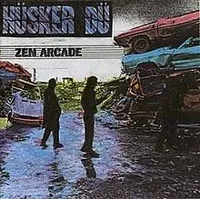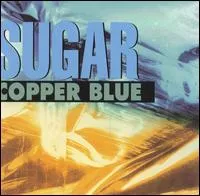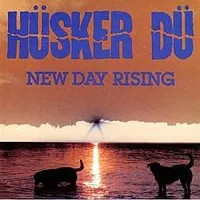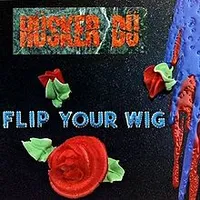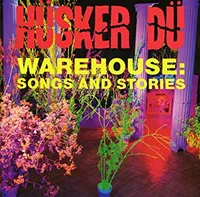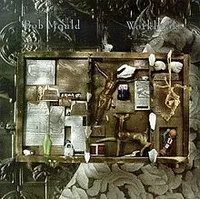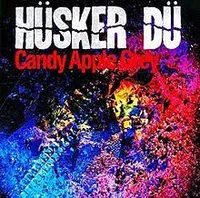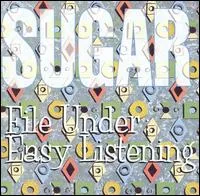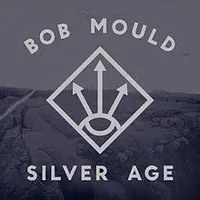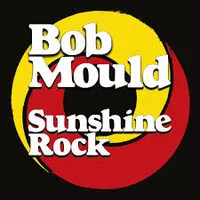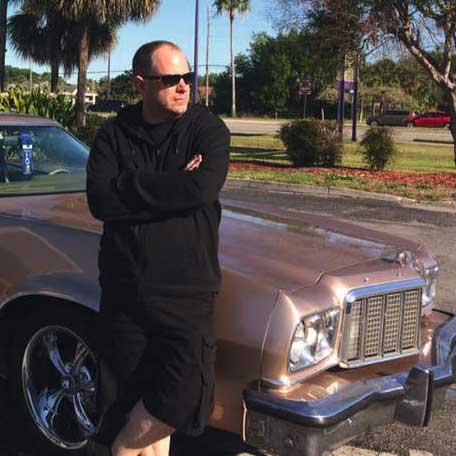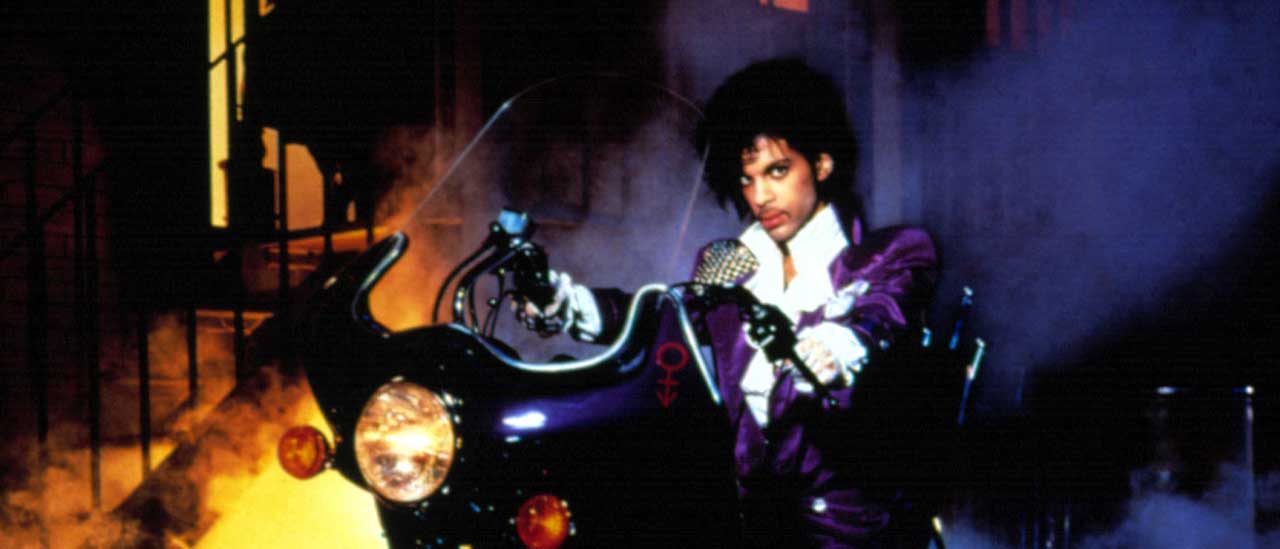Bob Mould: a guide to his best albums
From Hüsker Dü to Sugar and now solo, Bob Mould's albums form a fascinating catalogue. Here are 10 of the best

Part of the legendary 1980s hardcore punk milieu alongside Black Flag, Bad Brains, Minor Threat and Minutemen, Hüsker Dü’s evolution from rudimentary hardcore scratch to composers of poignant alternative rock made them easily comparable to their twin-city hometown peers The Replacements.
Formed in 1979 in Saint Paul, melodic post-hardcore pioneers Hüsker Dü split in 1988 in tragic circumstances following the suicide of the band’s manager and a breakdown between band members at the start of a tour for their second major-label album. Essentially, Hüsker Dü were on the verge of going huge. The split and fallout left a deep psychological scar on lead singer/guitarist Bob Mould, and informed his early solo work. Competitive by nature, Hüsker Dü’s songwriters Mould and Grant Hart were once described by bassist Greg Norton as the Lennon and McCartney of punk rock. Mould was the more prolific Dü songwriter, but drummer Hart (who passed away in 2017) was consistently impressive.
Evolving their sound beyond their labelmates and peers, the band were one of the first to commit the cardinal hardcore punk scene sin of signing to a major label. The ‘controversy’ dogged Dü for the rest of their career. Incredibly, even Joan Rivers brought it up when they played on her chat show in 1987. It was all just jealousy from those who can’t bear a band progressing.
Dü’s first two albums, the live Land Speed Record and the 12-track, 20-minute Everything Falls Apart both showcased that chaotic hardcore abrasion. Their second studio album, the highly influential double Zen Arcade, can legitimately lay claim to being the first punk rock concept album, at a time when Green Day were still in primary school. Zen Arcade proved Dü’s songwriting clout, and they gradually evolved their sound throughout the sublime pair New Day Rising and Flip Your Wig before outgrowing the punk scene and signing with Warners for Candy Apple Grey and swansong Warehouse: Songs And Stories.
Withdrawing after the collapse of Hüsker Dü, Mould’s early solo material of introverted Americana put a full stop on the band, as did the subsequent runaway success of his power trio Sugar in the early 90s, not least with debut album Copper Blue. That was followed up by the EP Beaster and File Under Easy Listening before Mould returned to solo work – which features more highlights than we can accommodate here.
Zen Arcade - Hüsker Dü (SST, 1984)
As a teen, Mould grew up on 70s classic rock: Kiss, Aerosmith, New York Dolls. But this double album, Hüsker Dü’s masterpiece, is shot through with prog and psyche influences like The Byrds and Pink Floyd, most noticeably in unsettling closer Reoccurring Dreams. It’s an allegory for the album’s concept: the sturm und drang of youth, the disillusion of (and alienation from) both family and outside life (a familiar LP concept, in everything from Quadrophenia to American Idiot). Bridging their spiky punk with hints of the melodic rock to come, its 23 tracks quickly set Dü apart from generic hardcore bands.
Copper Blue - Sugar (Creation, 1992)
Not one single duff track. Twenty-six years on, Copper Blue has lost none of its brilliant sheen. Following his first two solo works, Mould returned to a power trio line-up by bringing in bassist David Barbe and drummer Malcom Travis.
A suggestion of what could have been from a 90s Hüsker Dü, Copper Blue was both a critical and commercial success. By 1992 a whole new generation had discovered Dü, and Mould finally reaped the rewards. The opening monster riff of The Act We Act, the segue of A Good Idea into Changes… glorious throughout. The multiple Album Of The Year accolades were well justified.
New Day Rising - Hüsker Dü (SST, 1985)
Despite maintaining elements of their frantic punk fuzz, the follow-up to Zen Arcade, the fittingly titled New Day Rising expanded Dü’s sound into structured melodies. The Who’s Pete Townshend later told Mould of his admiration for the eclectic Celebrated Summer. Like I Don’t Know What You’re Talking About, it alternates between punk and melodious soulful rock; a perfect microcosm of Dü’s evolving sound throughout the album as a whole. That evolution even included the Minutemen-influenced, jazz-structured experimentalism of How To Skin A Cat.
Flip Your Wig - Hüsker Dü (SST, 1985)
Released just eight months after New Day Rising, Flip Your Wig saw Dü’s sometimes wildly contradictory palette settle down into mature alternative rock – but without losing its bite and attitude.
Memorable single Makes No Sense At All won Dü a new audience. The majestic Divide And Conquer features socio-political ‘global village’ lyrics, spookily prophesying 21st-century paranoia and divisive news feeds. The dark and earnest Games, with its ringing guitar motif, explores Mould’s familiar introspection. The imminent major-label deal would be a mere formality.
Warehouse: Songs And Stories - Hüsker Dü (Warners, 1987)
Fiercely competitive, Mould and Hart wrote about half each of the last three Dü albums. The beauty of Mould’s compositions – single Could You Be The One, the positivity of Turn It Around, the poignant, sunset-watching soundtrack No Reservations (and many other highlights by Hart) – make Warehouse comparable to their best work. Certainly their most accessible, it’s a fitting, if unplanned, final album. Just 11 months later, Dü split while touring the album, following the tragic suicide of their manager David Savoy.
Workbook - Bob Mould (Virgin, 1989)
After various internecine band issues, Mould withdrew following the disintegration of Hüsker Dü. He went to live in a farmhouse in rural Minnesota to avoid the media glare and any further fallout of the band split. Reflecting on both the intensity of Dü and his own future, he wrote this poignant set of acoustic-led songs.
Recorded at Prince’s studio, Workbook was analogous to Mould’s psyche: crawling from the wreckage of Dü with the earnest See A Little Light, yet becoming his own person with the assertive Wishing Well. It pointed to the way ahead.
Candy Apple Grey - Hüsker Dü (Warners, 1986)
The long-awaited major-label debut. Perhaps predictably, Candy Apple Grey didn’t live up to the expectations laid down by Flip Your Wig.
Despite the misleading opener Crystal, the acoustic numbers and ballads saw Dü lay their frantic punk to rest for good. The more mature and progressive Hardly Getting Over It and All This I’ve Done For You might rank alongside classic late-career Hüsker Dü, but simply reading the tracklisting, with its soulful yet anguished wordplay, is an exercise in bleakness. On Candy Apple Grey, Dü expanded their repertoire but they were yet to find their perfect niche.
File Under: Easy Listening - Sugar (Creation, 1994)
A textbook example of the ‘difficult second album’.
Following Copper Blue and the even fiercer Beaster EP, Sugar’s second album peaked at No.7, three places higher than Copper Blue, on the UK album chart. Mould’s most mainstream-sounding work, where hard rock comes close to battling a duel with pop, it’s an appropriately titled album. But behind its playful and laid-back folksy exterior lurks a machine ready to explode, as the title’s acronym suggests.
It doesn’t meet the thrill of Copper Blue, instead falling somewhere between Mould’s solo work and late-career Dü.
Silver Age - Bob Mould (Merge, 2012)
Maturing like fine wine, and having entered his 50s with typical style, the appropriately titled Silver Age could almost be the third Sugar album.
It too was recorded as a power trio, with bassist Jason Narducy and drummer Jon Wurster, who Mould took out on tour for the 20th anniversary of Copper Blue during the same year.
Star Machine, Descent and Round The City Square all have an uncanny resemblance to the driving urgency of those rock anthems which became the Sugar hallmark. ‘Never too old to contain my rage/Silver age, silver age,’ Mould assures us. Too bloody right.
Sunshine Rock - Bob Mould (Merge, 2019)
Having spent much of his solo career contemplating life's darker moments, the title of Mould's 13th album was a dead giveaway that things were about to change.
Said by Mould to be akin to "writing to the sunshine", Sunshine Rock was the product of three years spent in Berlin (Mould, of course, not the first artist to enjoy a creative boost from transplanting himself to the German city).
What followed was an upbeat collection of punky power pop propped up by Mould's ability to pick out the most irresistible of melodies and lace them with beauty. An album as essential as any he's produced in the last two decades.
Sign up below to get the latest from Classic Rock, plus exclusive special offers, direct to your inbox!
A regular contributor to Louder/Classic Rock and The Quietus, Burrows began his career in 1979 with a joke published in Whizzer & Chips. In the early 1990s he self-published a punk/comics zine, then later worked for Cycling Plus, Redline, MXUK, MP3, Computer Music, Metal Hammer and Classic Rock magazines. He co-wrote Anarchy In the UK: The Stories Behind the Anthems of Punk with the late, great Steven Wells and adapted gothic era literature into graphic novels. He also had a joke published in Viz. He currently works in creative solutions, lives in rural Oxfordshire and plays the drums badly.
